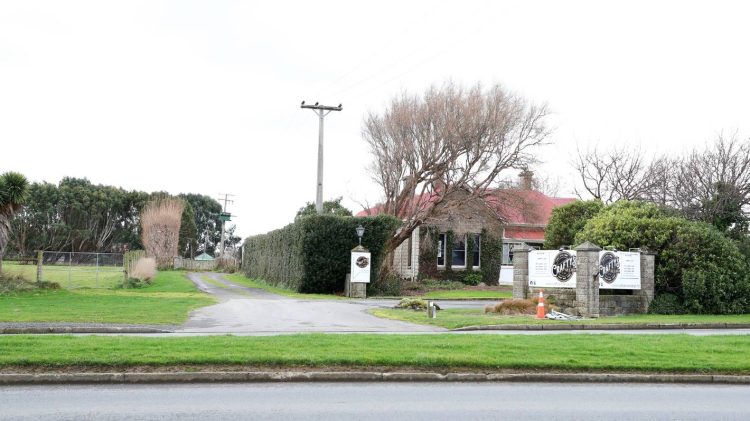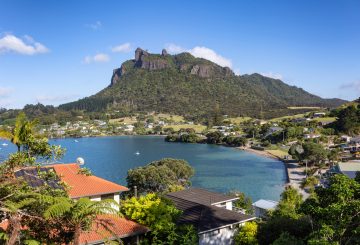Hội đồng thành phố Invercargill đang xem xét bán hoặc tái sử dụng 14 mảnh đất dự trữ, bao gồm đất nông nghiệp ở Công viên Donovan. Thị trưởng Nobby Clark tin rằng điều này có thể tạo ra từ 25 triệu đến 30 triệu đô la. Một báo cáo về khả năng bán gần một nửa Công viên Donovan, không bao gồm các khu giải trí công cộng, dự kiến sẽ diễn ra vào tháng Hai.
Sau khi tham khảo ý kiến, vùng đất Donovan sẽ cần được giải mật về mặt pháp lý như một khu bảo tồn. Không phải tất cả các khu vực được hội đồng gọi là đất “dự trữ” đều có tư cách pháp lý này, nhưng Donovan thì có. Hội đồng hiện đang tham khảo ý kiến của một ủy viên để xác nhận tình trạng pháp lý của tất cả các tài sản đang được xem xét.
Có sự ủng hộ mạnh mẽ trong hội đồng đối với việc bán đất nông nghiệp Donovan để thu lợi tài chính, có khả năng phát triển nhà ở. Tuy nhiên, việc loại bỏ tình trạng dự trữ không có nghĩa là tất cả đất sẽ được bán. Hội đồng có thể quyết định tái sử dụng đất đai. Ủy viên sẽ xem xét sự phù hợp của bất kỳ mục đích sử dụng nào trong tương lai.
Đất dọc theo đường Awarua và đường Mokomoko đang trong quá trình bán. Hội đồng đã phê duyệt việc bắt đầu thông báo công khai về các đề xuất xử lý đối với phần đất còn lại.
Thị trưởng Clark cho biết hội đồng muốn hành động nhanh chóng. Ông cho biết khu đất có thể cung cấp doanh thu cần thiết trong những tháng và năm tới. Ngoài ra, hội đồng có thể loại bỏ tình trạng bảo tồn và sử dụng đất cho các mục đích khác, chẳng hạn như xây dựng thêm các đơn vị chăm sóc tuổi tác.





























































